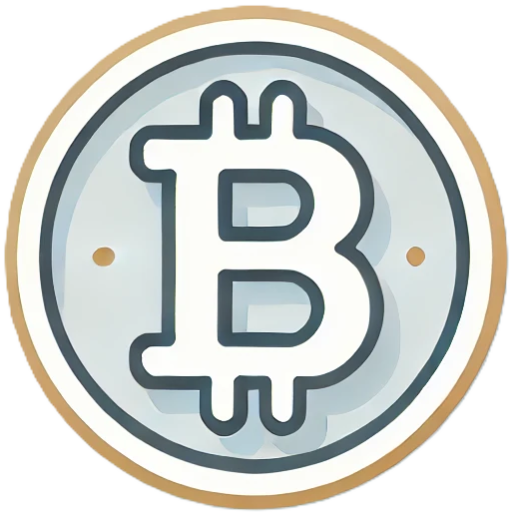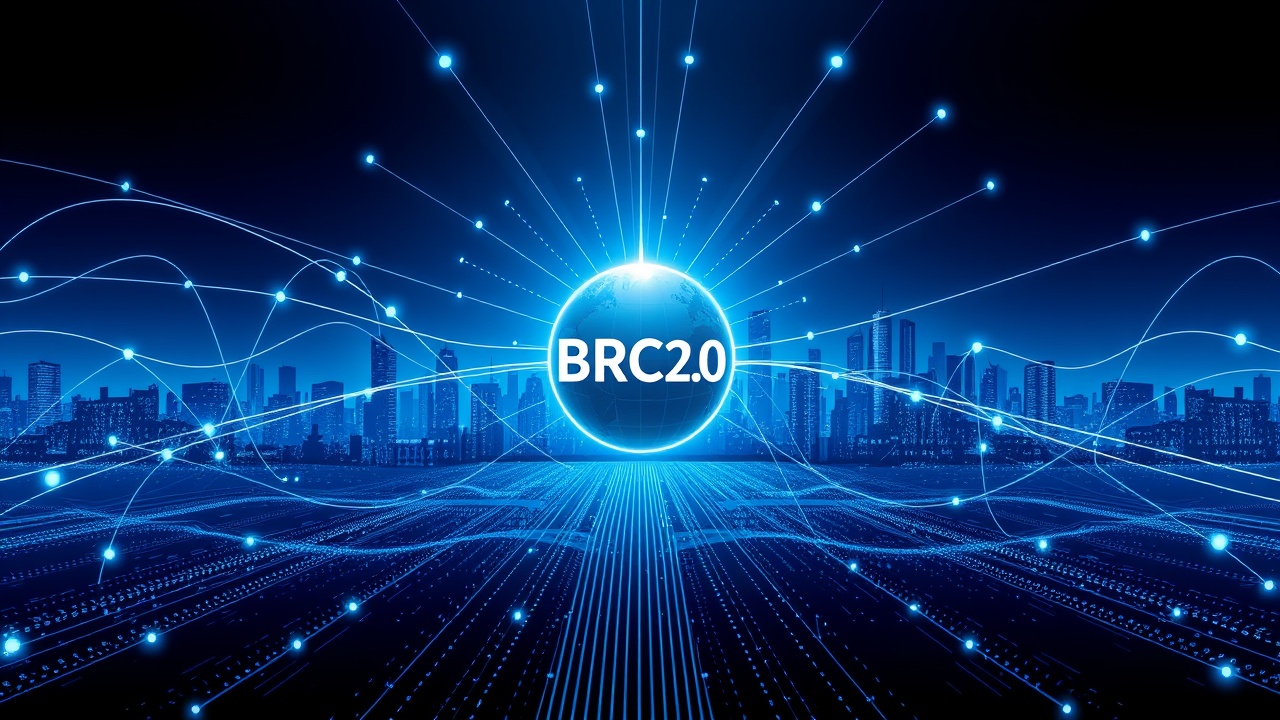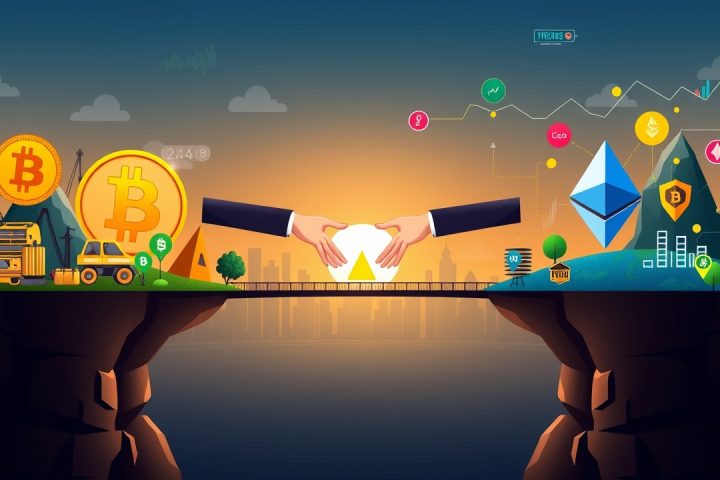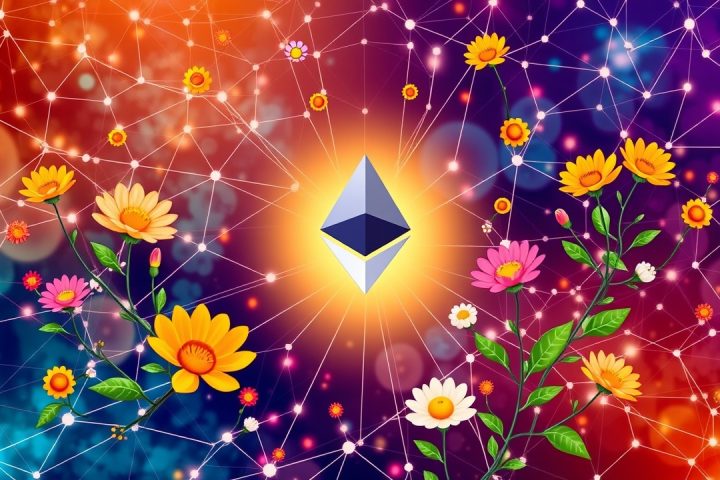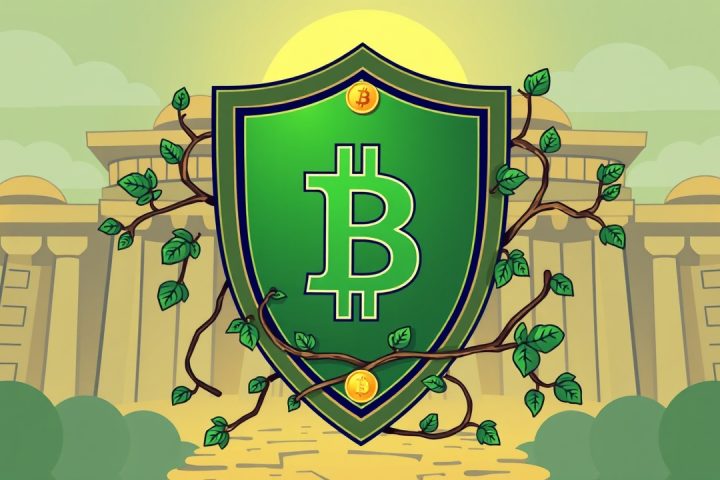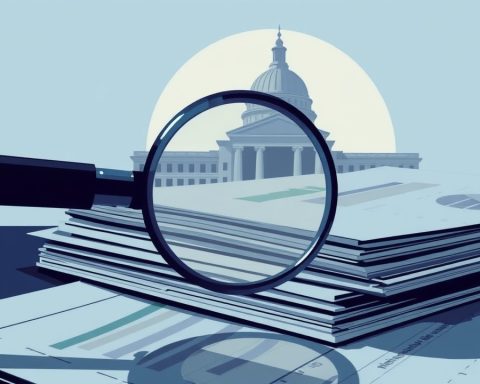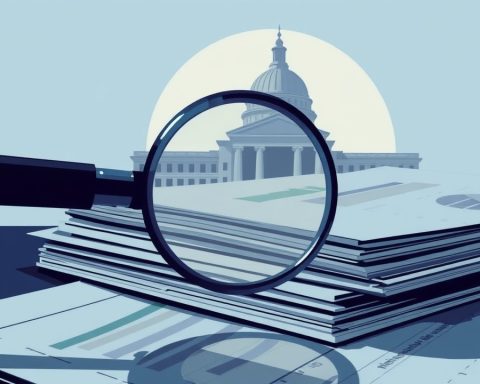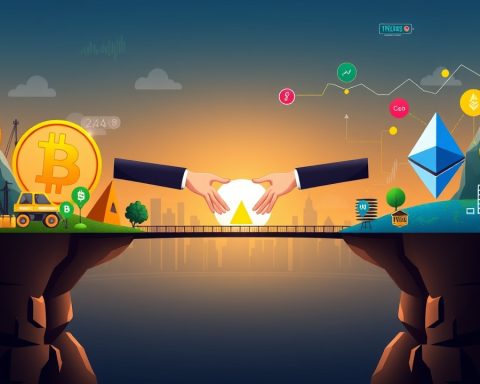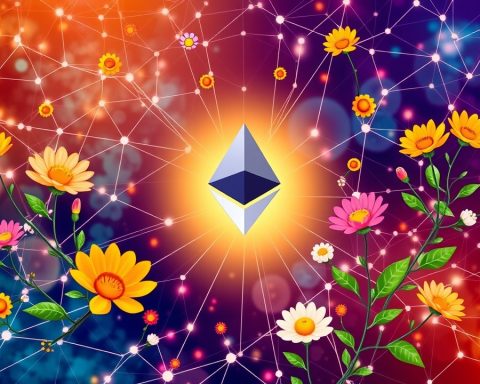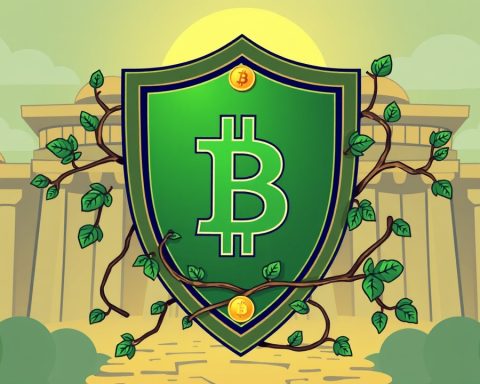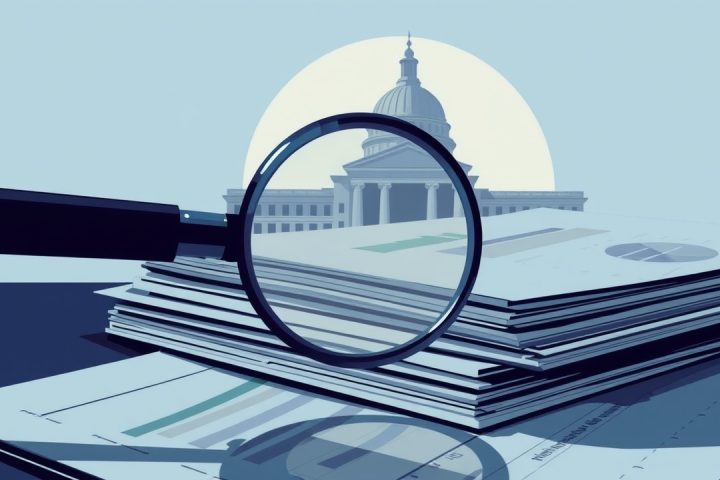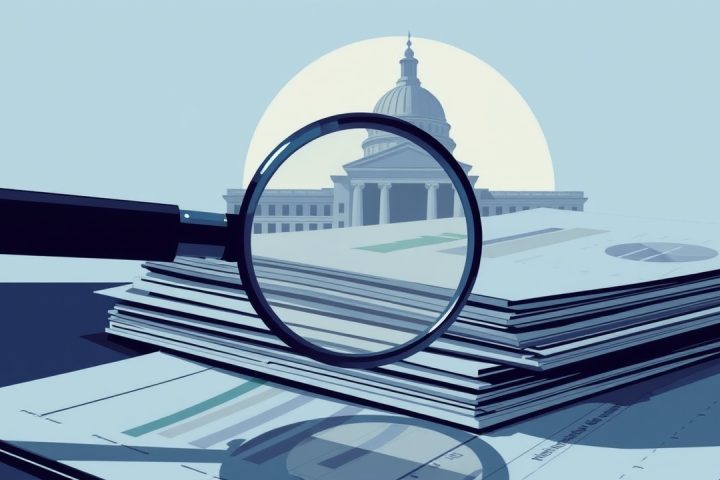BRC 2.0 Exchange Meeting Overview
On April 9, 2025, I had the pleasure of attending the BRC 2.0 exchange meeting organized by Best in Slot, where I engaged with fellow enthusiasts and leading developers in the Bitcoin space. The recent advancements in the Bitcoin ecosystem, particularly the introduction of the BRC20 token standard, are setting the stage for an exhilarating new phase in decentralized finance (DeFi).
Significant Upgrades in BRC 2.0
This upgrade represents a significant leap forward with BRC 2.0, enhancing functionality without altering the foundational protocol. One standout feature is the seamless integration for existing BRC20 tokens—like ORDI and RATS—allowing them to automatically transition without requiring any action from users. This backward-compatible upgrade enriches the existing tokens while maintaining their original functions.
A pivotal aspect of BRC 2.0 is its newfound support for programmable modules, enabling developers to craft intricate applications, including decentralized exchanges, lending platforms, and stablecoins. This opens a new chapter for Bitcoin’s mainnet, paralleling innovations seen in Ethereum. Over 20 development teams have already shown interest in creating applications tailored for BRC 2.0, with several already entering the development phase.
Key Features and Community Discussions
The session also highlighted the introduction of modular deposit and withdrawal options, affording users greater flexibility to navigate between the base protocol and its innovative modules. This design embraces complexity without sacrificing the simplicity inherent to the “Minimum Viable Protocol” (MVP) philosophy, ensuring a user-friendly experience.
Key discussions revolved around several pressing questions:
- Will old BRC20 tokens like ORDI and RATS need migration? No, as the upgrade is backward-compatible; users won’t need to do anything.
- Does BRC 2.0 enhance transaction speed or support DeFi features? While the upgrade itself doesn’t directly boost speed, it introduces sequencer technology to facilitate quicker transactions alongside supporting various DeFi applications.
- How do users deploy on BRC 2.0’s testnet? Upcoming tools will soon be released to ease developer interactions.
- Can other developers define BRC 2.0 modules? Yes, but community consensus and support from indexers are essential for incorporating new modules.
- What distinguishes different code lengths in issuing tokens within the BRC20 ecosystem? The coding structure reflects varying complexities and transparency levels.
The Future of Bitcoin
Amid technical deliberations, broader themes affecting Bitcoin’s future surfaced. Most notably, the current state of the ecosystem: an overwhelming 99% of transactions occur on centralized exchanges, which diverges significantly from Bitcoin’s original decentralized ethos. The necessity for on-chain DeFi solutions is more apparent than ever, with BRC 2.0 aiming to revive Bitcoin’s value creation on its mainnet.
Challenges remain, such as the inherent limitations from Bitcoin’s 10-minute block time, yet the potential of sequencers indicates a pathway to enhance user experience while safeguarding decentralized principles. Significant strides towards interoperability were acknowledged—particularly through initiatives like the Ordinal Locker, which employs Bitcoin’s time-lock mechanism to enhance asset security and utility.
Furthermore, discussions illuminated the necessity for community recognition and collaboration, highlighting how contributions from miners, developers, and users alike will fuel Bitcoin’s evolution. The burgeoning interest from partners, such as OKX and Unisat, reflects a collaborative momentum that could catalyze BRC 2.0’s success.
Conclusion
As this exchange meeting concluded, there was a renewed sense of optimism regarding the Bitcoin ecosystem’s trajectory. With BRC 2.0 leading the charge, the community is poised for a transformational shift marked by innovation, decentralization, and increased user engagement, reigniting the pioneering spirit that Bitcoin embodies.
